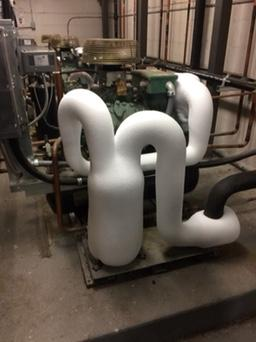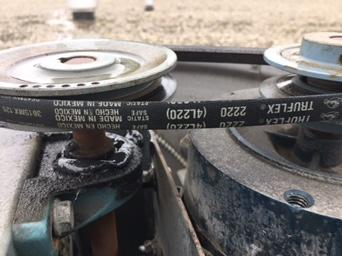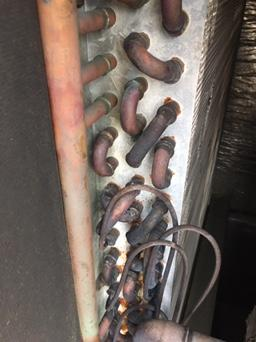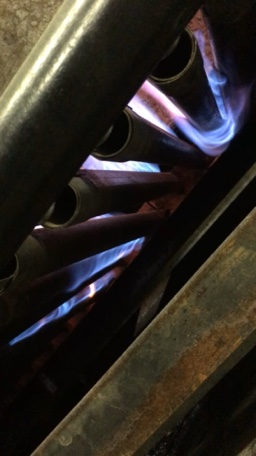Timely preventive maintenance of HVAC equipment avoids major, expensive and catastrophic damages to it and keeps the property owner proactive rather than being reactive towards this important cause.
Listed below are the most common HVAC repair issues that occur and may show up during maintenance. At Air Track HVAC Solutions, we specialize in installation and maintenance of HVAC equipment including but not limited to: Gas Heating, Electric Heating, Heat Recovery Wheels & ERV, Boilers, Air Conditioning, Chillers, Heat Pumps, Dehumidification, Humidification, filtration systems & Full line of controls and electrical.

In addition to this HVAC systems are responsible for more than 40 percent of total energy use, so keeping it running properly and problem free is the first step in achieving peak efficiency.
Dirty Cooling Coils (Evaporator & Condenser Coils)
Missing, defective or insufficient air filters are the main cause of dirty cooling coils. This results in restricted cooling, plugged motor passages, dirty blower wheels, loss of airflow and refrigerant flooding in most cases. Compressor and bearing failure, motor failure, increased energy consumption and insufficient air flow are the possible outcomes of leaving this untreated.
Defective Drive Belts

Improper tightening of belts and not replacing worn out belts results in loss of airflow, sheave wear and refrigerant flooding. Major Pulley replacement, motor failures, noise and compressor damage may occur because of the defective drive belts.
Refrigerant Leaks

Improper charging of the system, improper leak detection, no action on detected leaks, leaking seals and gaskets and loose expansion joints are some of the causes of refrigerant leaking outside the system into the conditioned space or the environment. This results in short cycling of the compressor, system freeze up, lack of cooling effect and loss of lubrication in the system. Refrigerant leak into the environment may lead to potential EPA violations, compressor failure and substantial additional costs and energy consumption.
Ignition Problems

Ignition issues could arise from various factors like dirty burners, flame sensors or pilots.
Clogged Drains
Improper inspection of drain pans, dirty cooling coils and lack of cleaning of drain pans may lead to clogged drains. The water builds up in the unit may lead to localized flooding in occupied areas and also creates a potential for mold. The damage to other equipment in the occupied space, ruining of ceiling tiles and lack of indoor air quality are the possible outcomes of this very common problem.
All these common problems can be avoided or are minimized whenever you have a maintenance plan in place. At Air Track Inc, we offer Energy Saving Preventive Maintenance Programs to suit your needs. Maintenance programs help in controlling the operating costs over the life of an equipment. Call us at 905 330 4056 for all your industrial and commercial HVAC needs.



